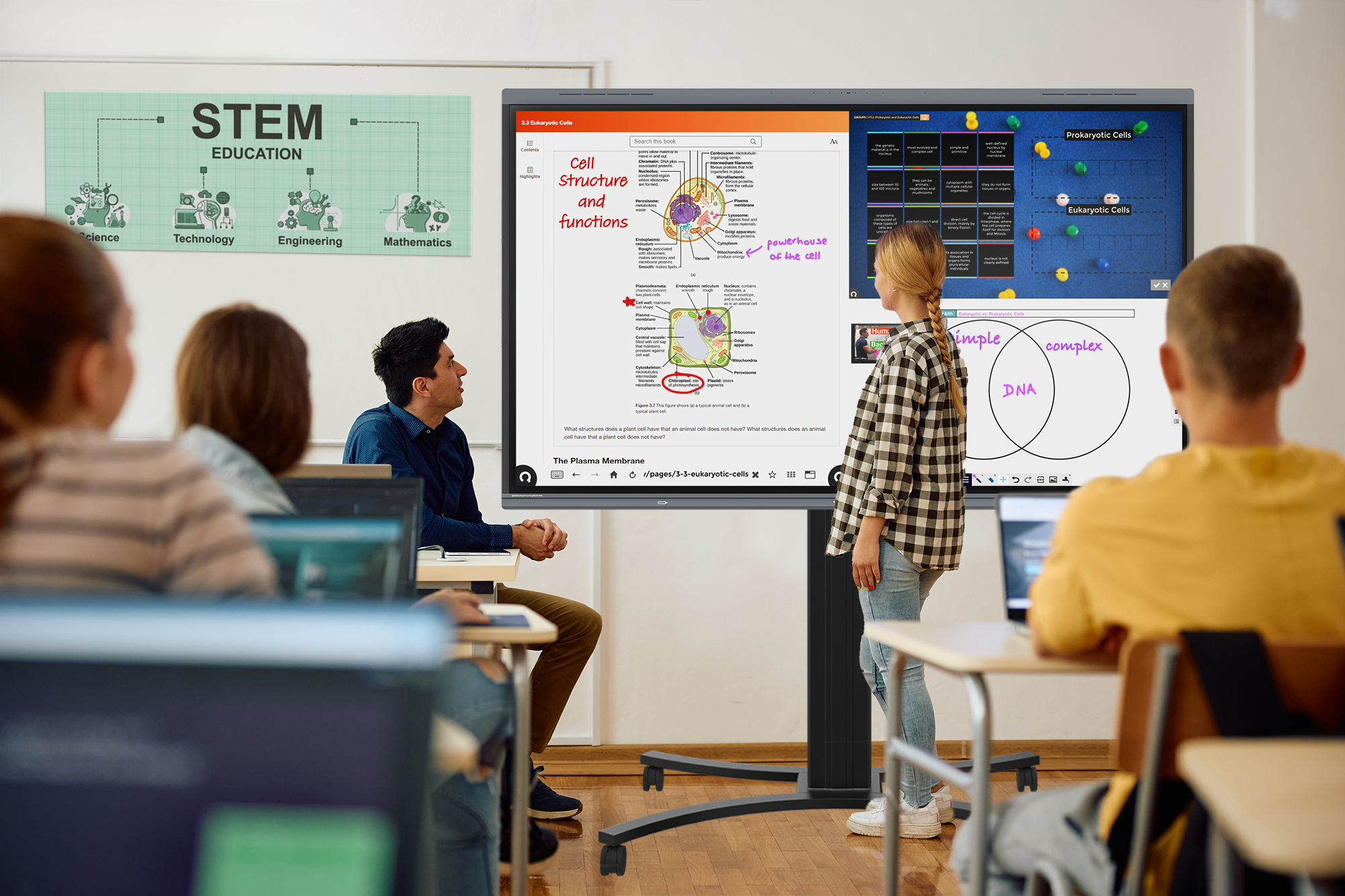How to Address Learning Loss in Your Classroom
All over the world, schools have closed due to COVID-19. We will never know the true personal loss that every student has faced in light of her school closing for such an extended period of time, but we can certainly look at the facts and acknowledge the profound learning loss that has occurred across the globe within the last year. While spending time at home and participating in remote learning was the norm during 2020, evidence shows that most students made little to no progress while in that scenario. Learning loss is most pronounced among students from disadvantaged homes and it has been life changing for students all around the globe. While we cannot change this reality, it is imperative that we work together moving forward to close the learning gap and ensure that all students have the opportunity to grow.
The most urgent thing that should be on everyone’s list right now is figuring out the best ways to support vulnerable students.
The Challenge of Inequality in the Classroom
When all is said and done, learning loss will be greatest among low-income, Black, and Hispanic students. These low-income students are less likely to have access to high-quality remote learning or to an appropriate learning environment. They need a quiet space with minimal distractions, devices of their own that work properly, access to high-speed internet and parental supervision. Data from Curriculum Associates, the creators of the i-Ready digital-instruction and assessment software, suggest that only 60% of low-income students are regularly logging into online instruction while 90% of high-income students do.
Government Funding There are several government funding options that have been created to assist schools in the post pandemic world. These acts are designed to address needs arising from the COVID-19 pandemic such as reopening schools safely, sustaining their safe operation, and addressing students’ social, emotional, and mental health as well as academic needs. The Coronavirus Aid, Relief, and Economic Security Act, also known as the CARES Act, is a $2.2 trillion economic stimulus bill that has been distributed to every school district in the country as they move forward to defeat learning loss. The specific funding allocations under the CARES Act include:
- GEER
- HEER
- ESSER II / CRRSA
- ARP
Overall, there is no “right way” to use these funds.
Schools should focus on their individual needs and work on improving after school programs, implementing safer classroom design, providing social and emotional learning (SEL), and integrating STEM tools into the curriculum. Makerspaces everywhere are prioritizing using STEM tools in the classroom to give students hands-on learning experiences in order to re-engage them into the material. Fluxspace is a great resource for students and teachers and offers a variety of STEM programs that are perfect for bringing ingenuity and innovation to the classroom. Changes in the Classroom
Expanding existing summer school programs to include academics in their activities is a must. We need to work with the organizations behind these camps to ensure a successful summer. For example, Tennessee is recruiting 1,000 college students to tutor kids in summer camps who are falling behind. Making changes like this one is what will give kids the knowledge and confidence they need to return to school this fall.
As a combination of remote and in-classroom learning becomes the new norm, more flexible staffing models will be required, along with a clear understanding of which activities to prioritize for in-classroom instruction. And all this must be done while school systems keep the most vulnerable students top of mind. That may require investment—something that cannot be taken for granted if state and local government budgets are cut.
School systems cannot use traditional methods to solve the problem – it’s time to be creative and offer real solutions that will provide results.
As people who value learning and want growth for young students, we should not aim to avoid challenges brought on by learning loss. Instead, we need to embrace what has happened so we can validate students for their experiences. We can only inspire students to take intellectual risks if we acknowledge what COVID-19 has changed. Embracing the challenge is the only thing we can do to help students overcome learning loss.





















